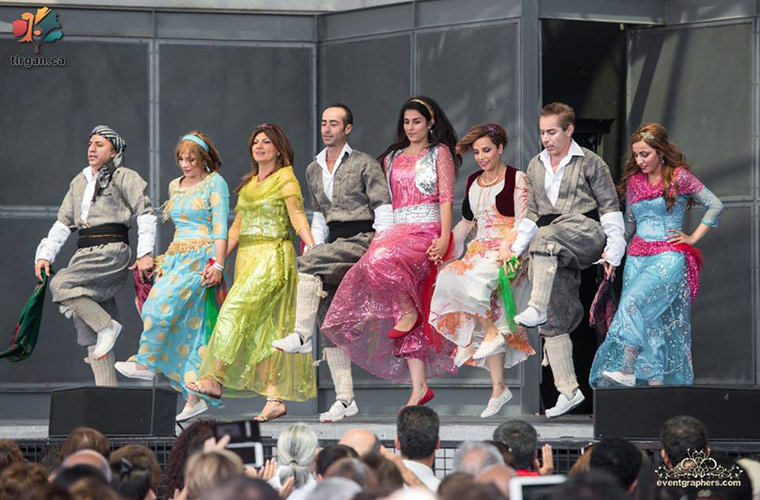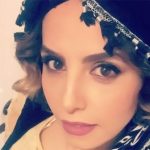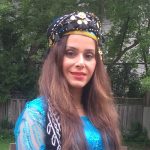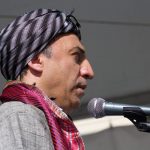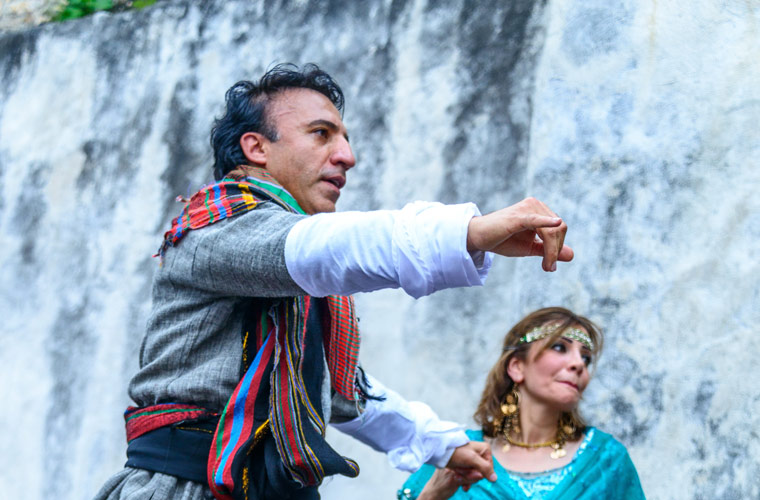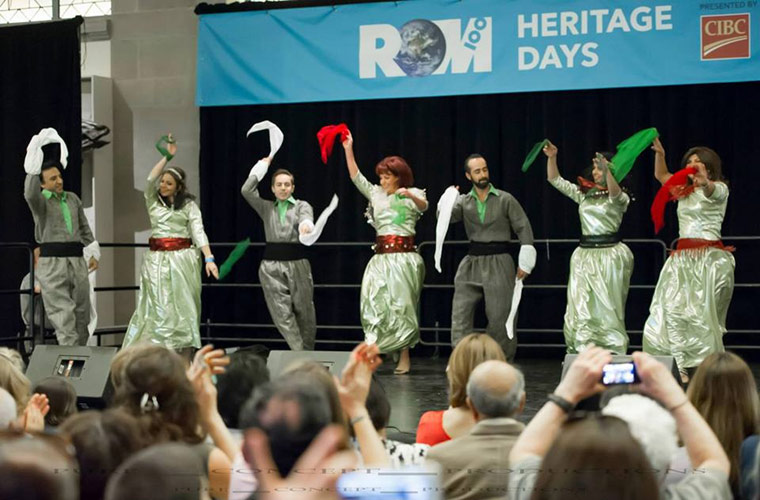Mayn Zard will showcase a handful of styles of Kurdish dance mostly rooted from Kurdistan Iran. This includes both ancient and original dance styles being re-choreographed and refreshed for stage performances as well as a few completely new dances and styles.
About the Performance:
1. Introduction- Chupi or Chapi
2. “Khan Amiri (Xanem miri)” – This is a very ancient style from southern Kurdistan with its own unique dance melodies and was mostly practiced by skilled dancers before the time of electronic instruments. Mayn Zard tries to restore this beautiful dance in new choreographies.
3.“Shayaneh” -To some extent, this is similar to Geryan in terms of choreography but it is much more rhythmic and involves more complicated moves. It is performed in almost all areas and hence played in many variations mostly called by the name of the region. For instance, Senai is its version of Sanandaj city and so forth. We will perform 5 verities of this style called Senai, Merywani, Kermashani, Sepa and Fatah Pawsha.
4.“Chamari” – A dance in memory of sad days for Kurds; days of defeat and sorrow.
5.“Haw-Shar(i)”- The original choreography of this style is pretty much the famous “Dagheh” style in Mehabad region (and also Soleymanieh in Iraq). In Haw-shari the moves are more rhythmic and quicker. Mayn Zard performs a modified and rearranged form of this dance. It is said that Kurds used to practice this dance for thanks giving.
6. “Zandi (Zangi)”- This is the same as dance #2; a very ancient and magnificent style that has been re-choreographed and rearranged for stage performances. It is believed that Zandi is a fight/attack style against the devil/enemy.
7.”Geryan”- This is the most versatile and most famous dance style in Sanandaj region where it is performed in almost any happy event. The so-called Geryan melody is also quite popular and nearly most of the Kurdish singers have recorded at least one song based on this melody. This dance is also practiced in different verities (and names) in southern parts of Kurdistan, Iran as well as Kermanshah (Kermashan) and Ilam. Mayn Zard presents 6 different verities of this style.
8. “Daghe’ ”, a popular dance style in Mahabad – Bukan region of Iran and Soleymanieh of Iraq.
9. “Shekhani”, a papular style among the Kurds of North West of Kurdistan, Iran and south and west of the province of Western Azarbaijan, Iran and some parts in Iraq and Turkey.
Members: Omid Zaroorian, Sohila Dashti, Arvin Javadpour, Sabri Gholami, Tara Shojaei, Hosna Dabaghi, Paiman Zamani, Maryam Mahmoodi, Mostafa Nosraty
About Kurdish Dance
Kurdish dance (Govend, Helperkê ) is a beautiful set of ancient, mixed gender, rhythmic and elegant movements; hand-holding and often round dancing, which originates from the history and geography of Kurds as well as their beliefs, work, struggles, wars and in one word from their daily lives.
The root of this dance goes back far into the history- over 5000-6000 years– and it covers a vast variety of moves, styles and variations that span the Kurdish regions of Middle East where they sing and dance in all of their festivals, birthdays, new year (Newroz), weddings, occasions and even in their battles, sorrow and defeats.
Kurdish dance reflects samples of Kurdish life over thousands of years and it has its special place in the Kurds’s culture. Giving thanks in Howshar, fighting against cruelty in Zandi, relaxation in Geryan and joy and happiness in Shayaneh and (shex-ani) Shekhani are just a few examples.
These movements differ in different parts of Kurdistan from a variety point of views where joy and worry have their own special places and present themselves in the choreography and the movements. Although some of these rhythms are no longer common, many of original forms are preserved despite the Kurds’ peculiar situation.
